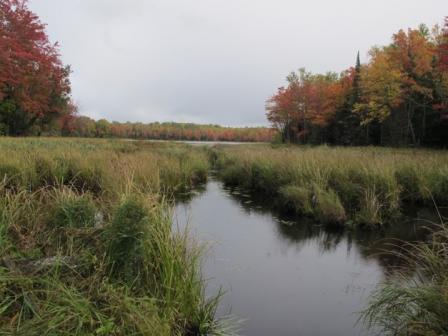Nonpoint Source: Wetland/Riparian Management
Wetlands and riparian areas typically occur as natural buffers between uplands and adjacent water bodies. They act as natural filters of nonpoint source pollutants, including sediment, nutrie nts, pathogens and metals, to waterbodies, such as rivers, streams, lakes and coastal waters. It is important to preserve and restore wetlands and riparian areas because these areas can play a significant role in managing adverse water quality impacts. Wetlands, including depressional wetlands, and riparian areas help decrease the need for costly stormwater and flood protection facilities.
Additional Resources
- Management Measures for Sources of Nonpoint Pollution in Coastal Waters. Chapter 7 addresses Management Measures for Wetlands, Riparian Areas, and Vegetated Treatment Systems
- National Management Measures to Protect andRestore Wetlands and Riparian Areas for the Abatement of Nonpoint Source Pollution is a technical guidance and reference document for use by state, local and tribal managers in the implementation of nonpoint source pollution management programs. It contains information on the best available, economically achievable, means of reducing pollution of surface water runoff from marinas and recreational boating.
- Wetlands EPA's pages on wetlands, wetland legislation, information for landowners, and much more.
- Ecological Restoration: A Tool To Manage Stream Quality (PDF) (168 pp, 484 K) A publication from 1995
- Nonpoint Pointer No. 11 - Managing Wetlands to Control Nonpoint Source Pollution( PDF) (2 pp, 100 K)
- Riparian Buffer Width, Vegetative Cover, and Nitrogen Removal Effectiveness: A review of current science and regulations (PDF)(33 pp, 100 K)
Report summarizes existing scientific literature on the effectiveness of riparian buffers to improve water quality through nitrogen removal. - Riparian Areas: Functions and Strategies for Management
The National Research Council has carried out an extensive study on riparian areas. The scope and results of this study are available in this pre-publication on-line document.

